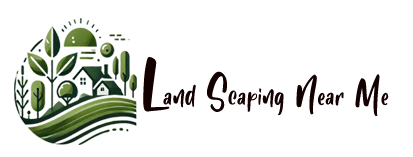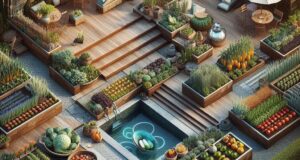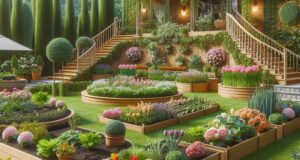A well-planned garden is like a symphony of nature, harmonizing colors, textures, and scents. Whether you dream of a vibrant flower garden or a lush vegetable patch, understanding the differences in layout is crucial. Before you dive into gardening, it’s wise to seek organic lawn care near me to ensure your soil is enriched and your plants thrive naturally. Let’s explore the key differences between flower and vegetable gardens so you can design the perfect outdoor oasis.
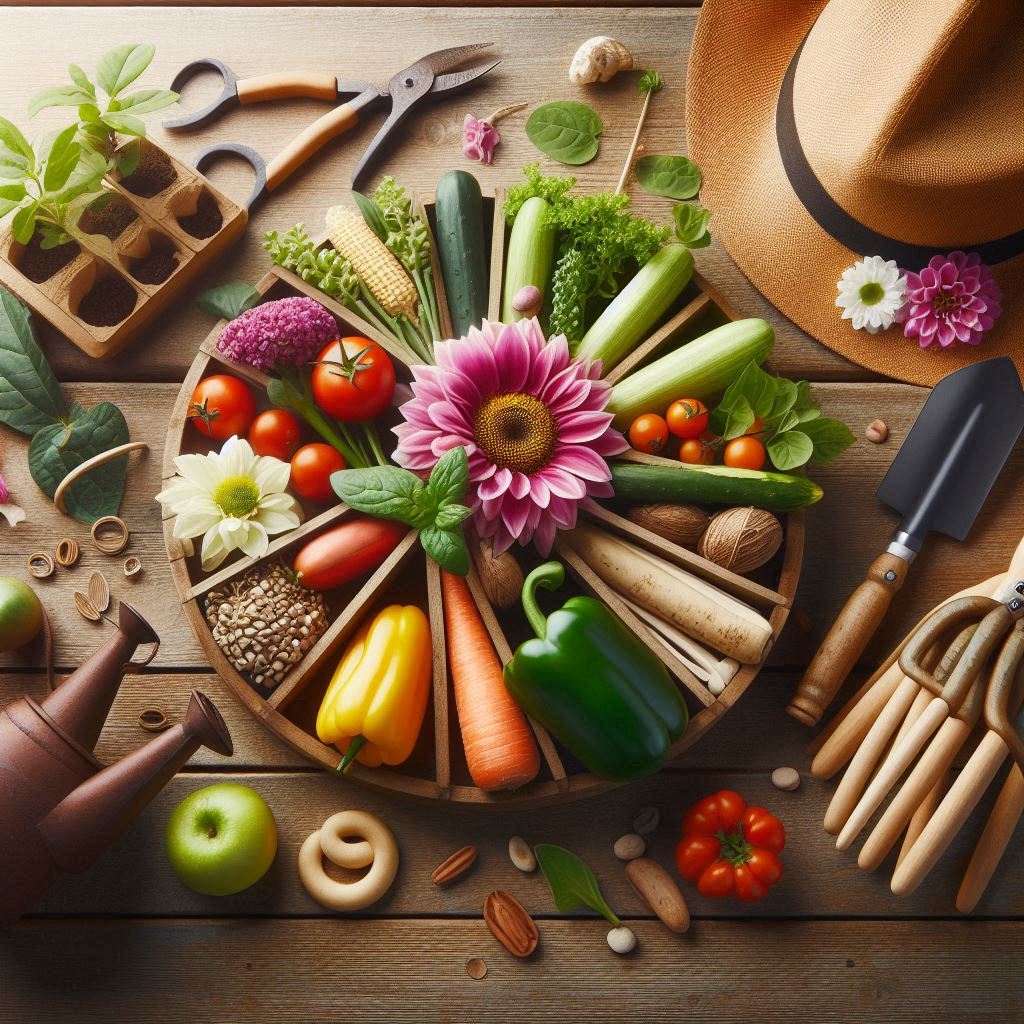
1. Space Planning: Compact Beauty vs. Expanding Harvest
Space plays a major role in how a garden is structured. Flowers and vegetables have different growth habits, which influence how much room they require.
Vegetable Garden Space:
- Needs ample room for root expansion and airflow.
- Includes raised beds or structured rows for easy access.
- May require vertical structures like trellises for climbing plants such as tomatoes and beans.
Flower Garden Space:
- Thrives in small, cozy settings without needing large plots.
- Often arranged in artistic clusters for a visually appealing effect.
- Works well in containers, flower beds, or decorative borders.
For those with limited outdoor space, a flower garden is easier to maintain, while a vegetable garden demands more room for cultivation.
2. Sunlight Needs: Full Sun vs. Shade Flexibility
The amount of sunlight exposure directly impacts plant health and productivity.
Vegetable Garden Sunlight:
- Most vegetables, like tomatoes, peppers, and cucumbers, need consistent sunlight to produce high yields.
- Organic lawn care near me services can help improve soil fertility, maximizing sunlight absorption for healthier plants.
Flower Garden Sunlight:
- More versatile, as many flowers thrive in partial shade.
- Shade-loving flowers like ferns and impatiens can flourish in low-light areas.
- Some flowers, like sunflowers and marigolds, prefer full sun but require less intense maintenance.
If your garden area gets limited sunlight, flowers might be the best choice, while vegetables need a sun-drenched space.
3. Setup Requirements: Simple Elegance vs. Structured Support
Garden setup varies significantly between flower and vegetable plots, impacting the level of preparation needed.
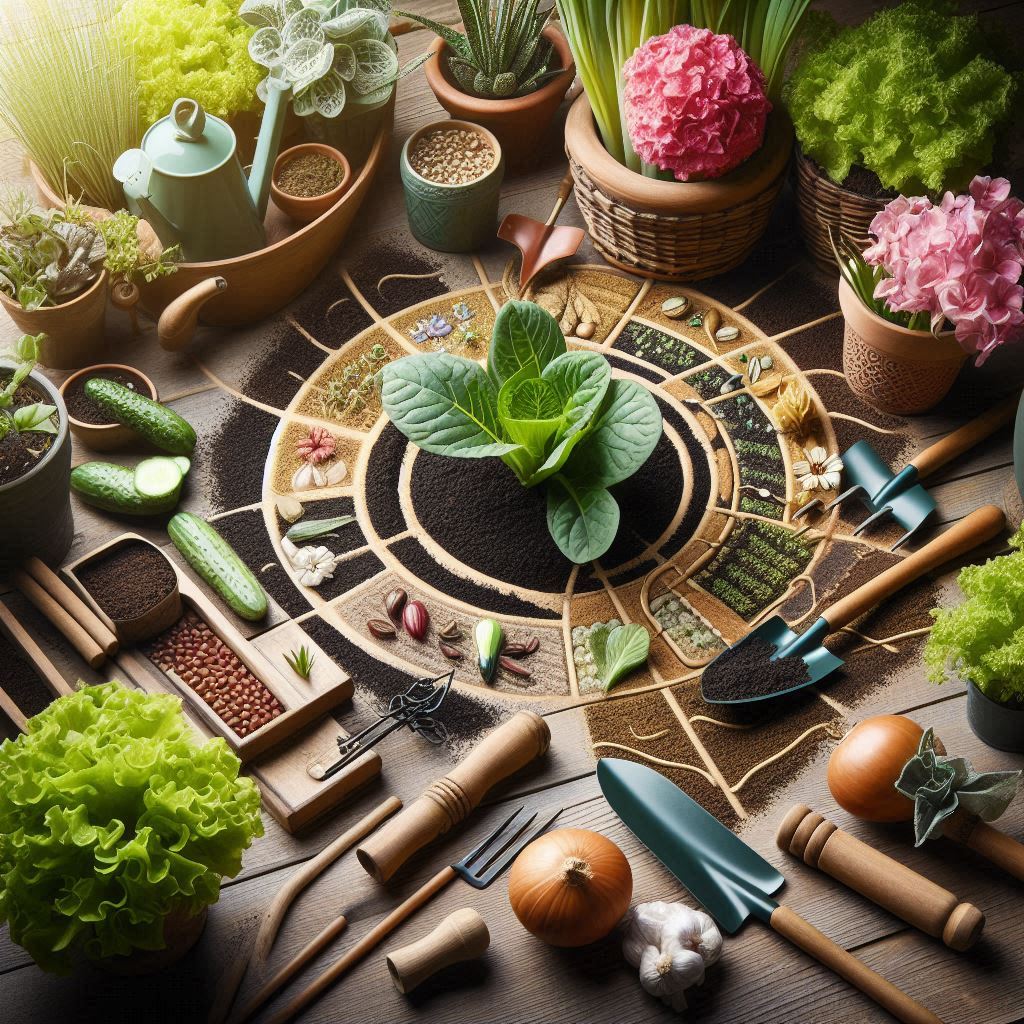
Vegetable Garden Setup:
- Needs support structures like stakes, trellises, or cages for climbing plants.
- Often includes irrigation systems for controlled watering.
- Requires nutrient-rich soil, which can be enhanced by organic lawn care near me services to maintain healthy plant growth.
Flower Garden Setup:
- Generally easier to set up, often just requiring well-prepared soil.
- Can include decorative elements like garden stones, pathways, or fountains.
- Doesn’t demand specialized equipment unless planting delicate species.
For a low-maintenance, aesthetically pleasing garden, flowers are a great choice. However, if you’re committed to homegrown produce, be prepared for a more structured vegetable garden setup.
4. Maintenance: Seasonal Care vs. Year-Round Commitment
Your time and effort in garden upkeep will determine whether a flower or vegetable garden is the better fit.
Vegetable Garden Maintenance:
- Requires regular watering, fertilization, and pest control.
- Needs seasonal crop rotation to maintain soil health.
- Soil quality is key—professional organic lawn care near me can help enrich it naturally.
Flower Garden Maintenance:
- Less demanding, especially if you choose perennials that bloom year after year.
- Occasional pruning, deadheading, and mulching keeps the garden fresh.
- Minimal pest issues compared to vegetables, making it easier to manage.
If you prefer a low-maintenance option, a flower garden is ideal. For those passionate about harvesting fresh produce, a vegetable garden is worth the effort.
Finding the Right Garden for You
Both flower and vegetable gardens bring beauty and functionality to your outdoor space. The right choice depends on your space availability, sunlight conditions, setup preferences, and maintenance commitment.
- For a stunning, effortless landscape, choose a flower garden.
- For fresh, homegrown vegetables, opt for a structured vegetable layout.
- If you’re unsure, consult with organic lawn care near me experts for guidance on soil health and garden planning.
With the right approach, you can create a thriving, eco-friendly garden that complements your home—whether it’s bursting with colorful blooms or abundant with fresh produce.
